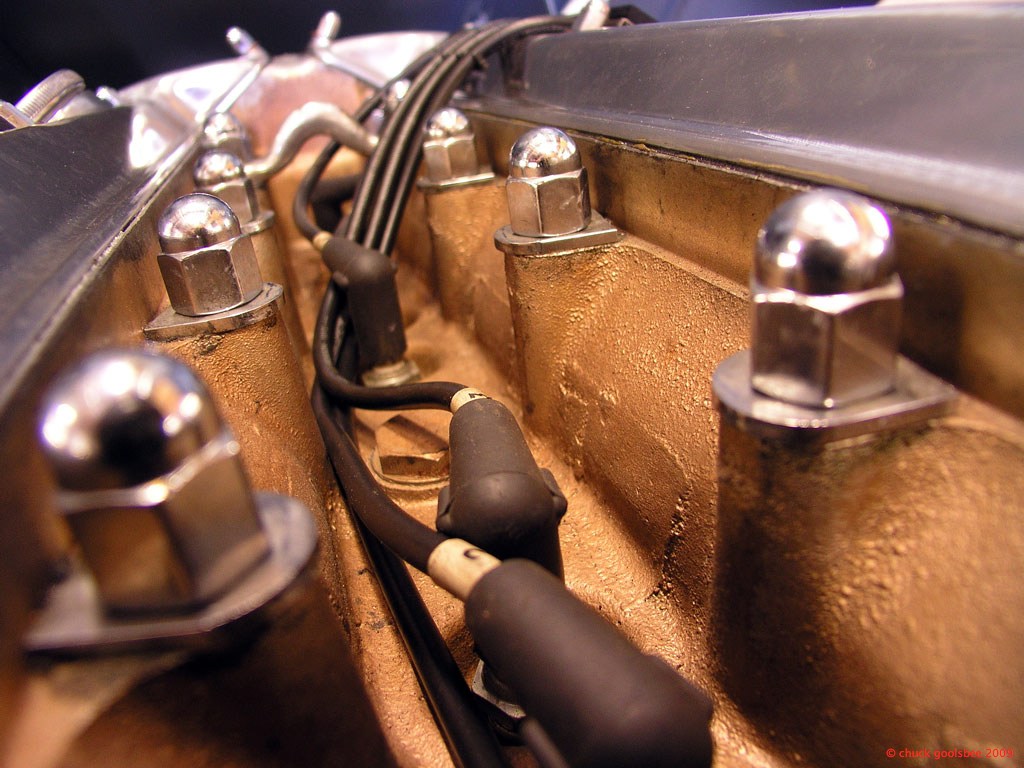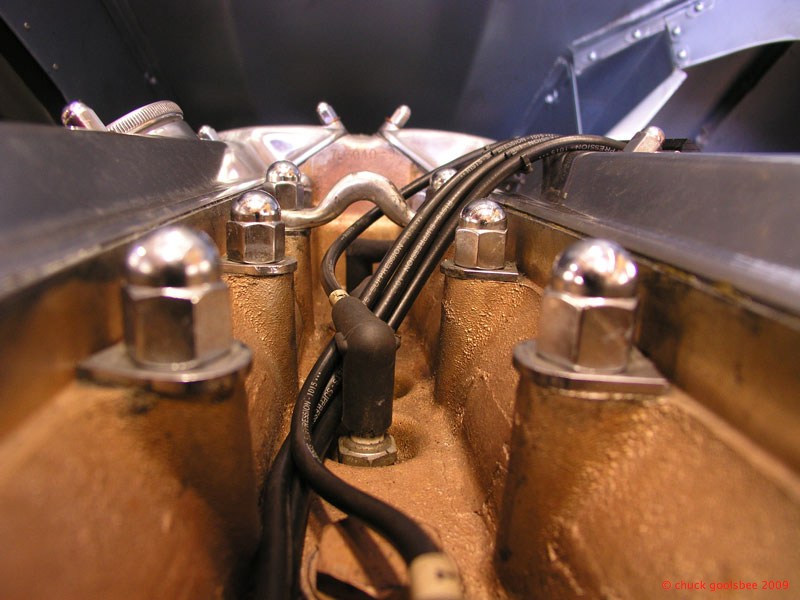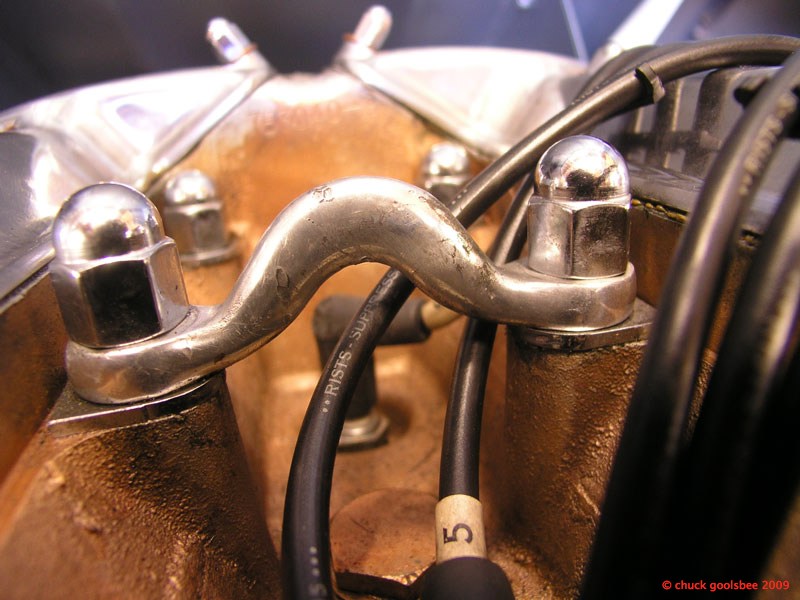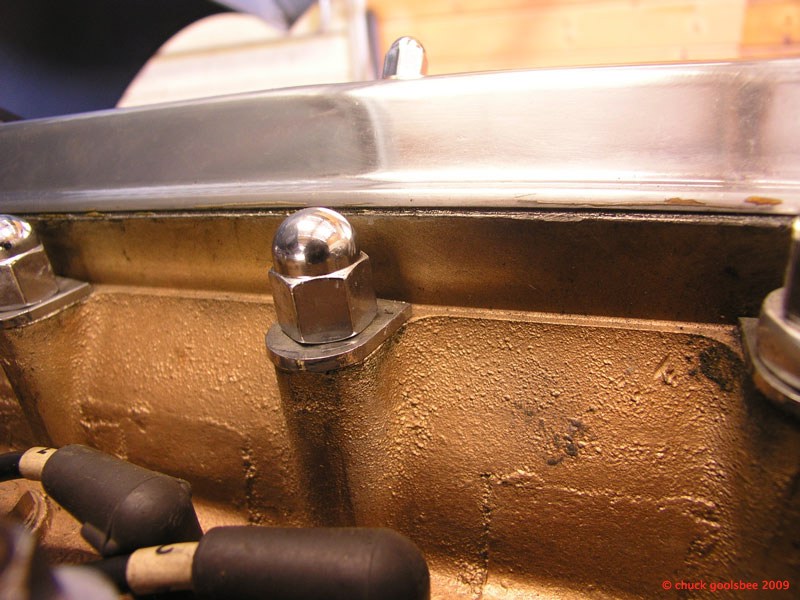
The question came up on the E-type mailing list this evening about the number of washers under the head bolts on early Jaguar 4.2L XK engines. Since I have one, I said I’d run and take some photos. So here they are.
Looks like just the one D-shaped thick washer Ben. Hope that helps.
The rest of you can just view this as more engine porn. =)



what’s with the casting marks in last photo that looks like there have been holes that have been filled in the head? part of the manufacturing process of the head or another ‘Texan special’ repair?
Jerome
PS – I think it needs more of a clean as well… doesn’t quite look good enough to eat off yet… 🙂
No idea Jerome. I’ll defer to Paul and others who know far more about these machines than I do.
As to your latter comment, that’s as clean as it is going to get, sorry!
sarcasm is so hard to detect in hobbits so far away isn’t it!? 🙂
Jerome – who hasn’t cleaned under the bonnet of my car ever….
Jerome, those are standard-issue casting marks. British ali casting wasn’t what we’re now used to seeing from the likes of the Japanese or even modern American castings (go look at any pre-70s Brit bike castings…they’ll look about the same). It is, without any lipstick application to a pig…CRUDE. Back in the day, very few engines exhibited the visual quality we’ve become used to, due to precision castings being used so widely by the Japanese (to begin with, at least).
When I first started seeing Japanese auto engines, back in the late 60s, it was a revelation to see nicely-finished, non-bodgy looking ali metalwork. Fortunately, the roughness of the exterior of the Jag head in no way compromises the overall quality of the head. Chuck’s head is representative of all Jag heads. Even the last Series III XJ-6 engines looked not much better!